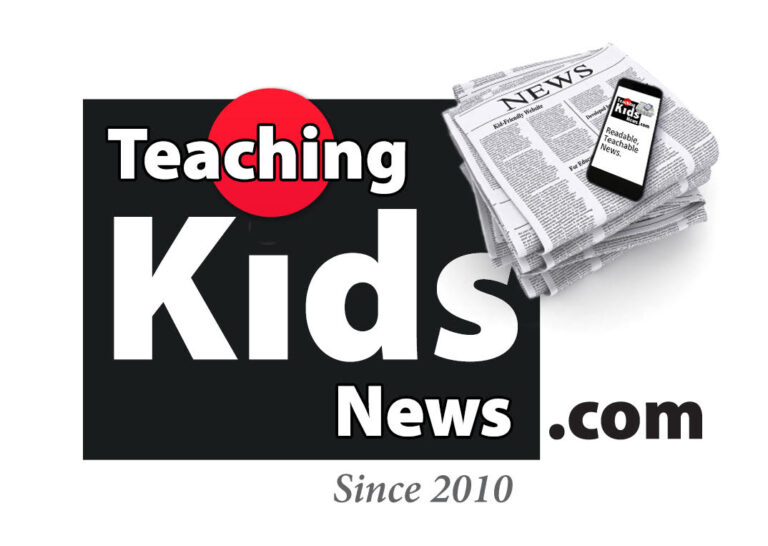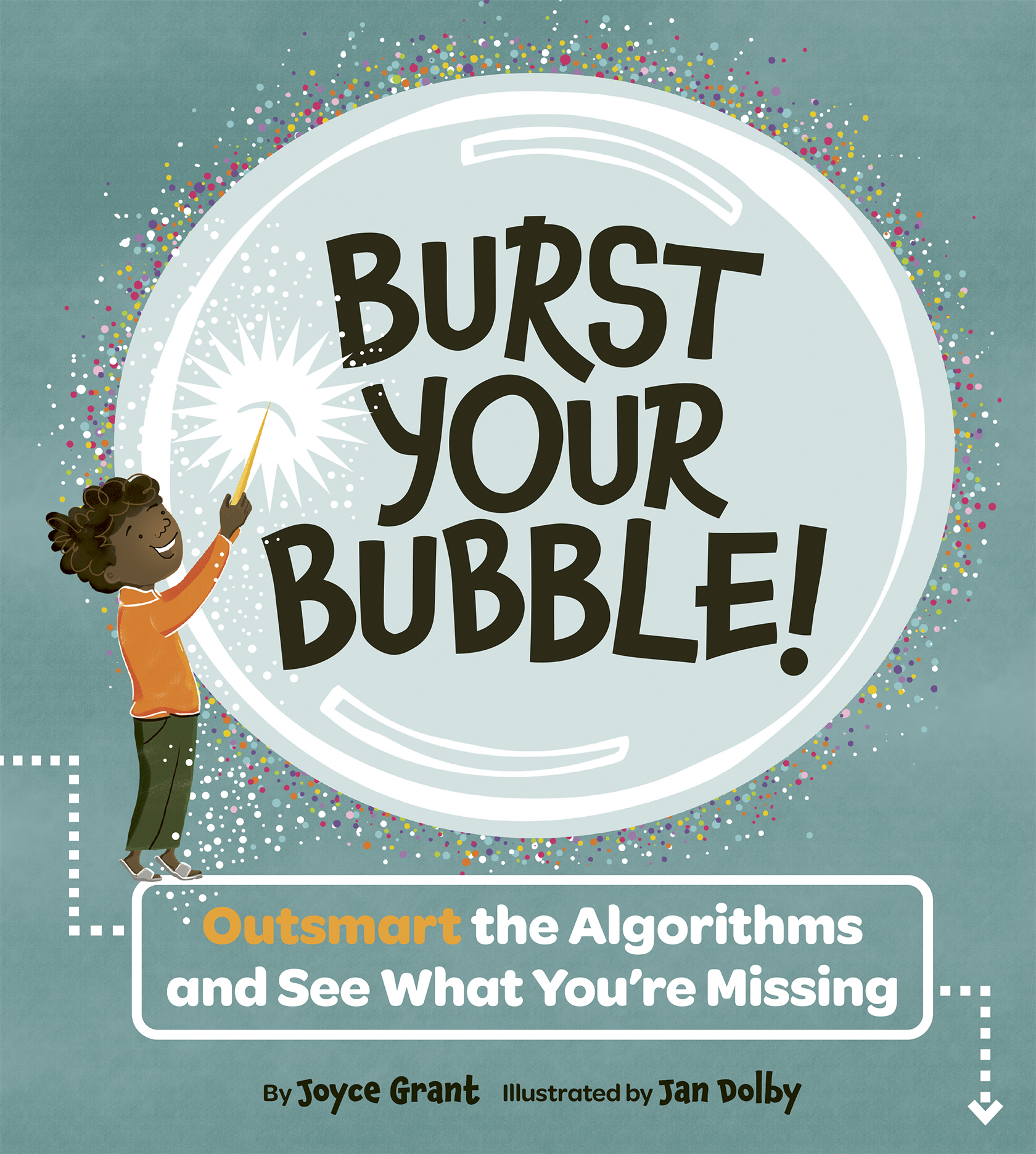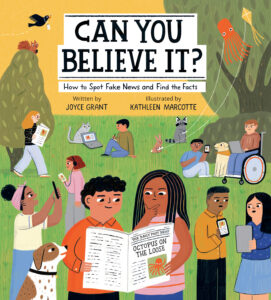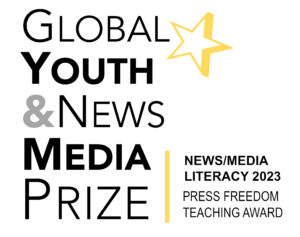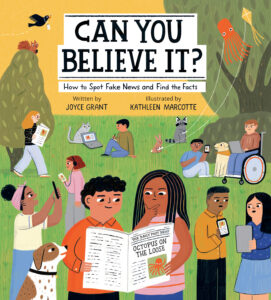
Canadian astronaut David Saint-Jacques recently celebrated his first 100 days in space. He left Earth aboard the Soyuz rocket on Dec. 3, 2018 with American astronaut Anne McClain and Russian cosmonaut Oleg Kononenko.
They will live on board the International Space Station (ISS) for six and a half months. Their mission is known as Expedition 58.
The ISS is a spaceship that orbits the Earth; astronauts live on the ISS for extended periods, conducting science experiments.
The Canadian Space Agency (CSA) posted 10 photos on their website to show what Saint-Jacques has been doing in space.
According to the website, he has been kept very busy conducting experiments including one known as MARROW, which looks at the effects space has on human blood and bone marrow (the spongy tissue inside bones). No one has done space experiments on bone marrow before, so they are curious to see what the results will be.
“MARROW’s findings will help ease the effects of physical inactivity on seniors, bedridden patients, and those with reduced mobility or undergoing rehabilitative treatment,” according to the Canadian Space Agency’s website.
Saint-Jacques also tested out a Canadian-made device called the Bio-Monitor. It is worn like a shirt, and keeps track of astronauts’ heart rate, blood pressure, temperature, breathing rate and level of physical activity. Before the Bio-Monitor, astronauts had to use bulky medical devices to monitor those things (which are known as “vital signs”).
On January 6, Saint-Jacques celebrated his 49th birthday. The other astronauts on the ISS put up pictures of Saint-Jacques as a child. He opened a birthday present he had brought to the ISS with him, which contained letters from his friends and family back on Earth.
This information was compiled from the Canadian Space Agency website.
The Story Behind the Story: Space is Awesome!
Related Links
Photos of Saint-Jacques’ first 100 days in space, from the Canadian Space Agency.
More information about the mission, Expedition 58.
More about the MARROW study including information on how the results may benefit people here on Earth, and how the study is being performed.
Learn about the Bio-Monitor (including photos) here.
CURRICULUM CONNECTIONS
By Jonathan Tilly
Writing/Discussion Prompt
This trip to space includes experiments that will look at bone marrow. What is a part of the body that you think might be affected by the change in gravity. How might studying this anatomy in space benefit people on earth?
Reading Prompt: Extending Understanding
100 days in space would likely feel like a long time to some and not all that long to others. Write a list of a few places where 100 days would feel like an eternity and a few places where 100 days would feel like a quick flash. Include your reasoning and why you feel that way.
Primary
Extend understanding of texts by connecting the ideas in them to their own
knowledge and experience, to other familiar texts, and to the world around them (OME, Reading: 1.6).
Junior
Extend understanding of texts by connecting the ideas in them to their own knowledge, experience, and insights, to other familiar texts, and to the world around them (OME, Reading: 1.6).
Intermediate
Extend understanding of texts, including increasingly complex or difficult texts, by connecting the ideas in them to their own knowledge, experience, and insights, to other familiar texts, and to the world around them (OME, Reading: 1.6).
Language Feature: Acronym
An acronym is a quick title that uses the first letter of each word in its title to create a new word. For example, CSA, is an acronym for The Canadian Space Agency. The ISS is the acronym for the International Space Station. In fact, the subject of space exploration is full of acronyms.
What are some acronyms that you know?
And why do you think people use acronyms, anyhow?
